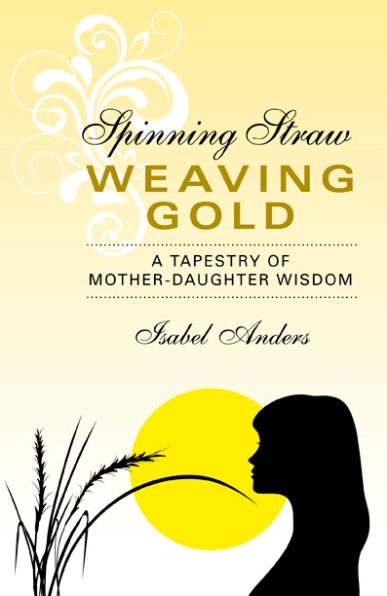For me, it is impossible to talk about “the One” without also considering “the Many.” Seekers in all cultures and times have pondered at various levels this mystery of manifestation and source.
The first time I heard of this philosophical problem—this human quandary framed in abstract terms—a lot of my personal searchings started to fall into place and make more sense.
We struggle in trying to say anything about the world, and always we stumble over this paradox: How can everything that is be related back to a single substance, entity or idea?
In a universe of seemingly endless variety and perpetual change, the dilemma of “The One and the Many” underlies all. The earliest Greek philosophers often concerned themselves with this puzzle. And the problem of the One and the Many still dominates Western concepts of the universe, including modern physics. Will science ever validate a theory that will unify (“make into one thing”) the laws of physics?
Renowned physicist John Wheeler (1911–2008), namer of “black holes,” once said: “Everything must be based on a simple idea. Once we have finally discovered it, [it] will be so compelling, so beautiful, that we will say to one another, yes, how could it have been any different.”
Whatever the key to the One and the Many, ultimately it must work on all levels. And so I find some consolation in poet Rainer Maria Rilke’s admonition: “Do not seek the answers, which cannot be given you because you would not be able to live them. And the point is, to live everything. Live the questions now. Perhaps you will then gradually, without noticing it, live along some distant day into the answer.”
These bloggish reflections on key words, working through the alphabet, give me an opportunity to “live the questions” aloud, so to speak.
And in the meantime we can take this whimsical schoolish assertion from comedian Woody Allen to heart: “Students achieving Oneness will move on to Twoness.”
Especially since there is not much chance we’ll be among them!
And so we live in suspended paradox—that is, wholly enmeshed in what we consider to be the Real World. And perhaps, as Santayana said, “One real world is enough.”
For further thought:
I like philosophy the way some people like politics, or football games, or unidentified flying objects. —John Gardner.
Every single creature is full of God and is a book about God. —Meister Eckhart.
By the act of observation and intention, we have the ability to extend a kind of super-radiance to the world. —Lynne McTaggert.
A bit beyond perception’s reach I sometimes believe I see that Life is two locked boxes, each containing the other’s key. —Piet Hein.
